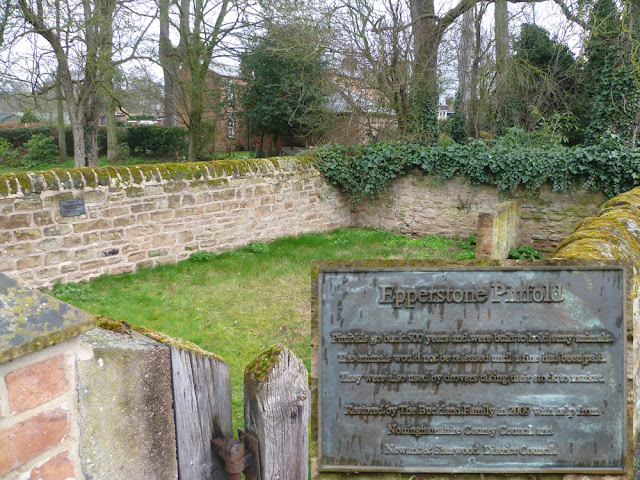Howard's 7.2 mile walk explored the countryside where D H Lawrence spent his formative years. We started at Colliers Wood, the site of the old Moorgreen Colliery (1865 to 1985) known as Minton Pit in Sons and Lovers before walking alongside Moorgreen Reservoir to enter Morning Springs Wood, leaving to drop down to Beauvale Priory for coffee.
Lunch followed at Greasley Church before we edged past Moorgreen to return to Colliers Wood.
 |
| The start in Colliers Wood Nature Reserve |
 |
| Lake in the Reserve |
 |
| Open countryside in the valley of Beauvale Brook, the feeder to the reservoir |
 |
| Leaving Morning Springs Wood Nearby is Robin Hood's Well and the remains of a gamekeepers cottage which features in Lawrence's Lady Chatterley's Lover |
 |
| Approaching Beauvale Priory. |
 |
| Beauvale Priory Farm |
 |
| Coffee stop next to Beauvale Priory |
 |
| St Mary's Church Some of the happiest days were spent haymaking in the fields opposite the south side of Greasley Church, D H Lawrence |
 |
| Lunch behind the church with distant views of IKEA |
 |
| Return to Colliers Wood |
 |
| Old mining equipment near the end |

































.jpg)




